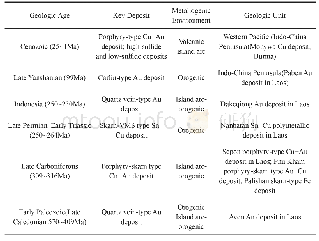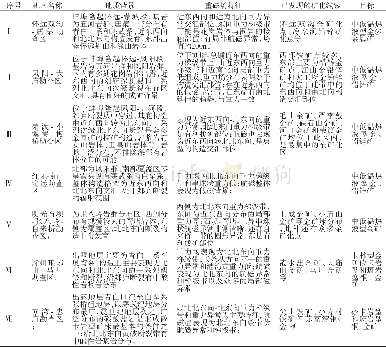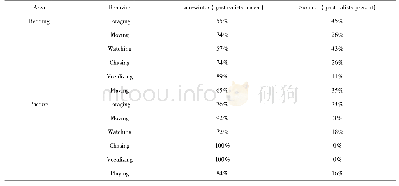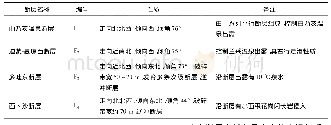《Table 2 List of Metallogenic Laws of the Study Area》
 提示:宽带有限、当前游客访问压缩模式
提示:宽带有限、当前游客访问压缩模式
本系列图表出处文件名:随高清版一同展现
《中南半岛和西太平洋巨型成矿带Cu、Au矿化构造环境与成矿规律对比研究数据集》
Per statistics,extracted and measured resources of the study area amount to 15,000 t Au and115 Mt Cu.Main Au and Cu mineral resources are hosted in porphyry type(8 742 t,97.1 Mt),medium-sulfide type(Au:2 659 t),low-sulfide type(Au:1 837 t)and skarn type(983 t Au,9.2 Mt Cu)deposits(Zhao Hongjuan et al.,2011).Magmatic arcs in the area contain abundant precious and non-ferrous metal resources.Meanwhile,resources of Indonesia,Philippines and Papua New Guinea are much larger than the ones in other Southeast Asian countries.From a reserve perspective,47%of Au and 52%of Cu reserves in Indonesia are from the Grasberg Porphyry Cu Deposit(Au:2 604 t,1.05 g/t;Cu:28.02 Mt,1.13%).In addition,20%of Au reserves in Philippines are from the Far South East Porphyry System(Au:973 t,1.42 g/t;Cu:5.48 Mt,0.80%),while 12%of Philippines’s Au reserves are from the Baguio Veinlike Deposit(Au:700 t).At the same time,the Tampakan Porphyry System(Cu:7.70 Mt,0.55%;Au:336 t,0.24 g/t)contains 16%of Philippines’Cu resources(Lu Yingxiang et al.,2009;Chen Yongqing,2013).In Papua New Guinea,the Ladolam Deposit(Au:600 t)contains 35%of the country’s Au(Kelley et al.,2002),and the Panguna Deposit in Bougainville Island(799 t,0.57 g/t)contains 30%of Cu reserves.Furthermore,the Hishikari Hydrothermal Vein-Type Deposit houses 35%of all Au reserves in Japan(Li Fangxia et al.,1995).
| 图表编号 | XD00191982900 严禁用于非法目的 |
|---|---|
| 绘制时间 | 2018.09.01 |
| 作者 | 王功文、陈永清、黄静宁、刘胜前、吕秀美 |
| 绘制单位 | 中国地质大学(北京)、中国地质大学(北京)、中国地质大学(北京)、中国地质大学(北京)、中国地质大学(北京) |
| 更多格式 | 高清、无水印(增值服务) |





